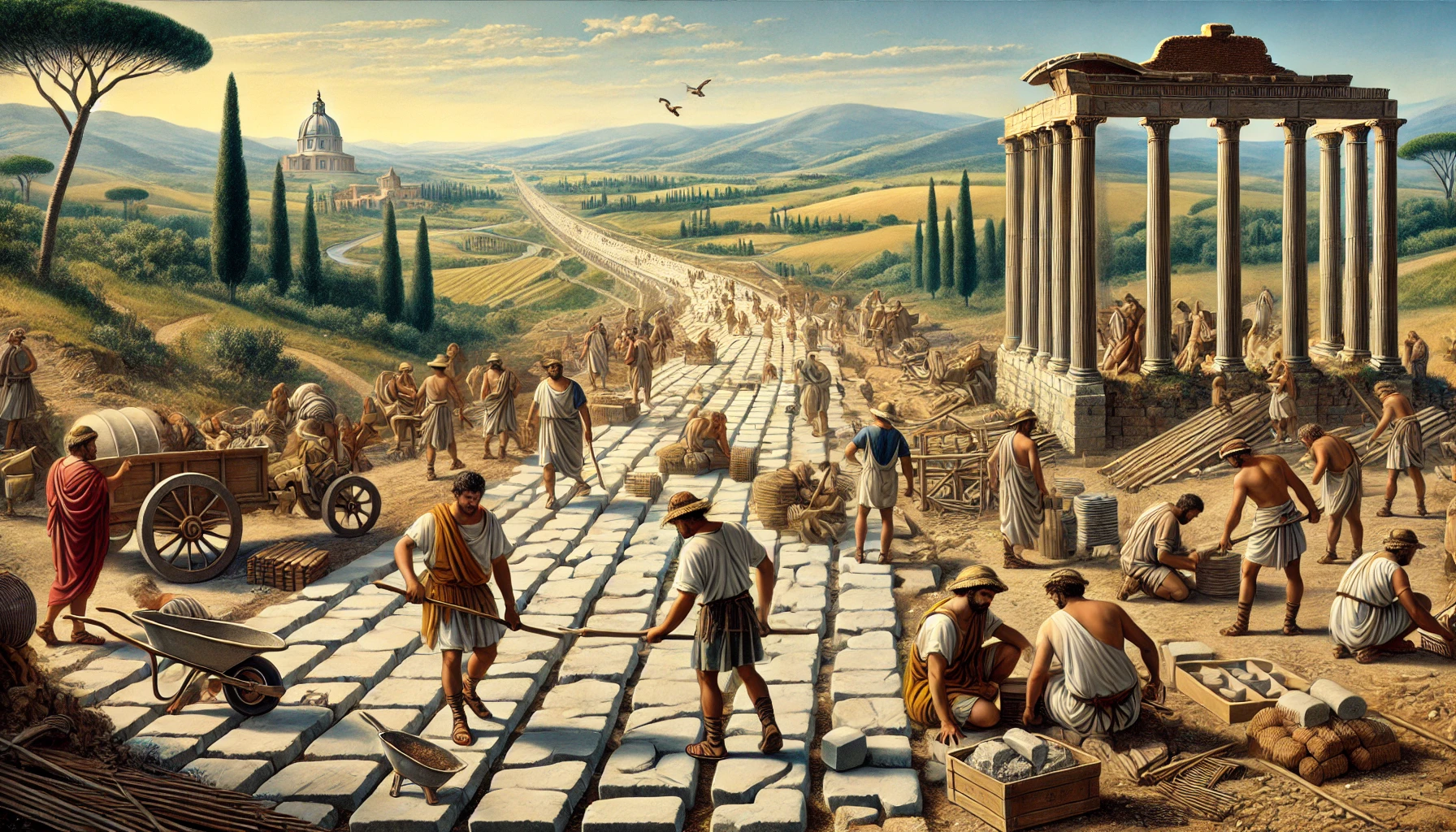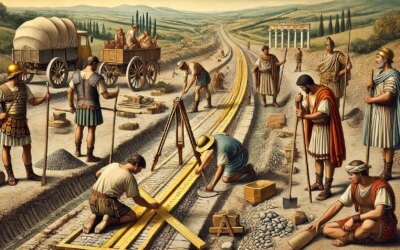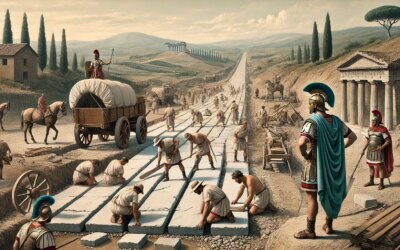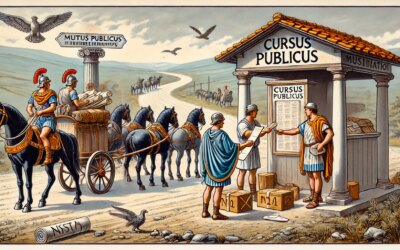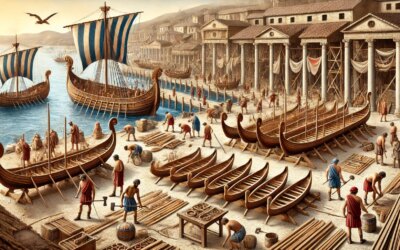Introduction: A Road to the Future
In 220 BCE, during the Roman Republic’s peak of expansion, a grand project was launched that would reshape Italy’s landscape and consolidate Rome’s dominance over its northern territories. The Flaminian Way, or Via Flaminia, was more than just a road—it was a statement of power and a tool for integration, linking Rome directly to the Adriatic coast and beyond.
Why Build the Flaminian Way?
Before the Flaminian Way, travel between Rome and the northern provinces was arduous and time-consuming. Consul Gaius Flaminius, recognizing the strategic importance of better connectivity, proposed the construction of a direct route that would facilitate trade, military deployments, and the movement of people. This road would become a vital artery, enhancing economic growth and ensuring that Rome’s influence extended far into the northern reaches of Italy.
The Engineering Marvel
The Flaminian Way was a testament to Roman engineering ingenuity. It stretched approximately 230 kilometers (about 143 miles) from Rome to Ariminum (modern Rimini) on the Adriatic coast. Built with precision and durability in mind, the road featured a foundation of tightly packed stones topped with layers of gravel and paving slabs. Drainage ditches and bridges were constructed to maintain its integrity, ensuring that the road remained usable in all weather conditions.
One of the most impressive structures along the route was the Milvian Bridge (Ponte Milvio), which allowed travelers to cross the Tiber River just outside Rome. This bridge, like the road itself, symbolized Roman ingenuity and their commitment to building infrastructure that would endure for centuries.
Impact on Trade and Culture
The Flaminian Way revolutionized commerce in the Italian peninsula. Farmers, merchants, and artisans from central and northern Italy found it easier to transport their goods to Rome’s bustling markets. The road also facilitated cultural exchange, as people from different regions mingled more freely, spreading ideas, religious practices, and artistic influences.
Militarily, the Flaminian Way gave Roman legions a reliable path for rapid deployment to the north. This strategic advantage allowed Rome to respond swiftly to threats and maintain control over its expanding territory. The road not only connected Rome to its allies and colonies but also reinforced the Republic’s image as a united and well-organized state.
Legacy of the Flaminian Way
Even after the fall of the Roman Republic and the rise of the Empire, the Flaminian Way remained a crucial route. Over time, additional roads branched off from it, creating a network that knit the empire together. The road also became a vital link for pilgrims and travelers during the Middle Ages, underscoring its lasting importance.
Today, sections of the original Flaminian Way still exist, and its legacy is visible in modern transportation networks. It stands as a reminder of how infrastructure can shape a society’s economic, cultural, and political landscape. The road that Gaius Flaminius envisioned over two millennia ago continues to inspire as a symbol of Roman innovation and unity.

